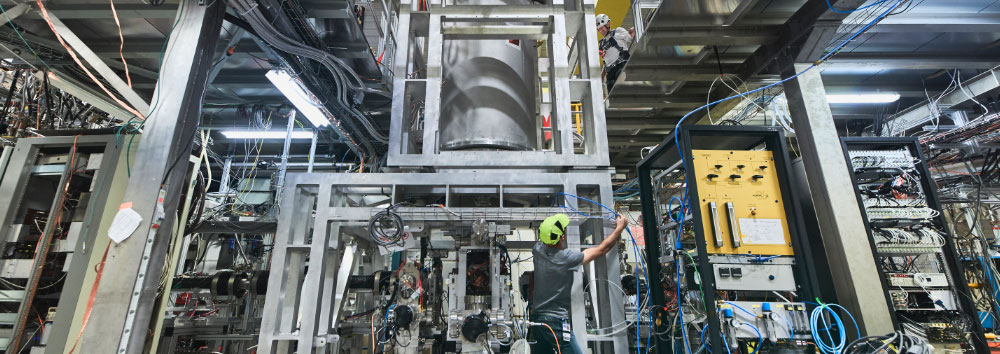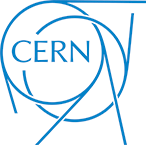We learn it at high school: release two objects of different mass in the absence of friction forces and they fall down at the same rate in Earth’s gravity. What we haven’t learned, because it hasn’t been directly measured in experiments, is whether antimatter falls down at the same rate as ordinary matter or if it might behave differently. Two new experiments at CERN, ALPHA-g and GBAR, have now started their journey towards answering this question.
ALPHA-g is very similar to the ALPHA experiment, which makes neutral antihydrogen atoms by taking antiprotons from the Antiproton Decelerator (AD) and binding them with positrons from a sodium-22 source. ALPHA then confines the resulting neutral antihydrogen atoms in a magnetic trap and shines laser light or microwaves onto them to measure their internal structure.
The ALPHA-g experiment has the same type of apparatus for making and trapping antiatoms, except that it is oriented vertically. With this vertical set-up, researchers can precisely measure the vertical positions at which the antihydrogen atoms annihilate with normal matter once they switch off the trap’s magnetic field and the atoms are under the sole influence of gravity. The values of these positions will allow them to measure the effect of gravity on the antiatoms.
About CERN
Founded in 1954, CERN is the European laboratory for particle physics. Sitting astride the Franco-Swiss border near Geneva, it was one of Europe’s first joint ventures and now has 22 member states. CERN operates a unique range of particle accelerators that enable research into the fundamental particles and laws of the Universe, including the Large Hadron Collider (LHC), the largest scientific instrument on Earth. The 60-year history of CERN is marked with impressive achievements in the construction and operation of powerful linear and circular accelerators. Moreover, CERN offers unique infrastructures for the development of the most sensitive particle detectors in the world, including the four main LHC detectors – ATLAS, CMS, ALICE and LHCb. General-purpose test beam lines provide beams of electrons, muons and hadrons in a very wide energy range for testing the detectors used in the LHC and in its major upgrade, the High-Luminosity LHC, as well as in future colliders and in neutrino experiments.



